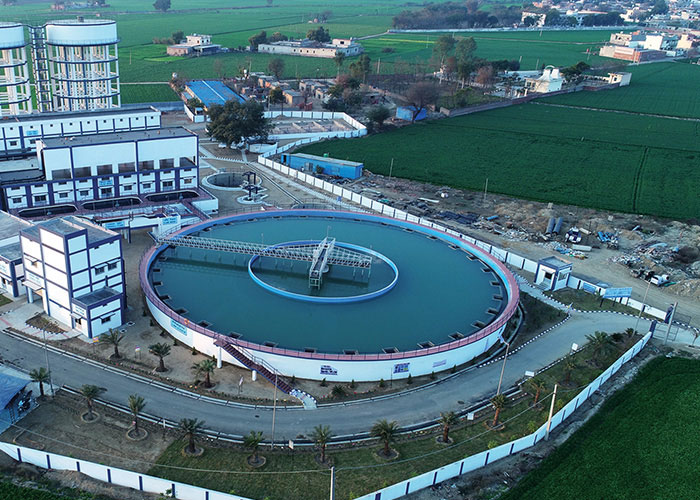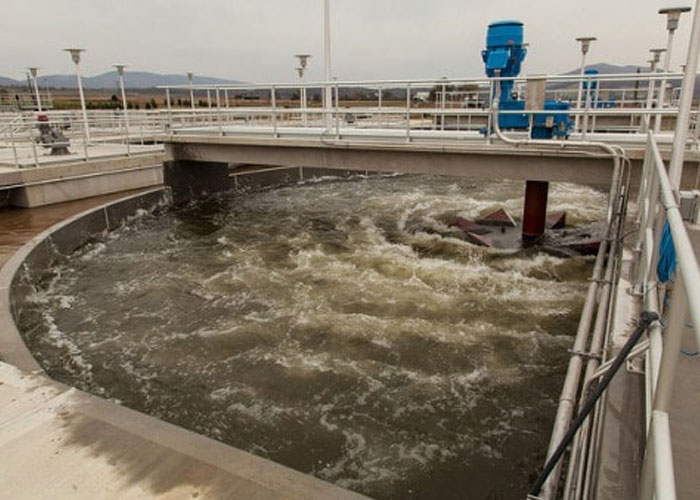Wastewater is the water that is produced after the use of freshwater, raw water, drinking water, and saline water. There are many ways to treat wastewater. These include the reuse of wastewater for irrigation, industrial processes, and agriculture. Whether it is used for drinking or sewage, wastewater is a very common problem. Wastewater treatment and disposal are vital to the health of a community. Read on to learn more about wastewater.
Depending on the location of your home, you might have to purchase an STP to handle your sewage. Generally, residential buildings need at least one STP to treat sewage. Many STPs are located underground, making them difficult to maintain. Moreover, you may not be able to inspect them without hiring an expert. It is better to consult a professional if you have any doubts about the process.
Sewage
Sewage is liquid waste from human activity. It contains inorganic materials such as metals, chemicals, and minerals. These substances can come from a variety of sources, including industrial buildings, commercial properties, stormwater, and broken pipes. Most of these materials are stable, making them difficult to break down by wastewater organisms. However, there are methods to treat wastewater to reduce the amount of inorganic substances. This article will discuss some of these methods.
A lot of industrial and domestic wastewater is a potential source of pollution in rivers and lakes. This sewage water contains faeces, urine, and laundry waste and can even cause disease. In developing countries, sewage disposal is a serious problem, as the water from untreated sewage can pollute the environment and infect people. In developed countries, however, sewage is usually carried away through sewage pipes and treated in water treatment plants before being discharged into the environment. In developing countries, wastewater is often dumped into a lake or the sea.
Treatment

Biological processes are used to remove pollutants from wastewater. To remove iron from wastewater, oxygen is used in oxidation processes. To trigger the oxidation process, the wastewater must be first treated with caustic soda. Manganese is removed from wastewater by oxidation of manganese hydrogen carbonate. This process removes both organic and inorganic compounds. Manganese is then readily removed from wastewater. Biological treatment methods have a limited number of steps and do not apply to every kind of wastewater.

Biological treatment systems use living microorganisms to break down organic matter. These organisms purify wastewater by converting the organic matter into harmless substances. The process takes place in a bioreactor, which can be a tank, lagoon, or ditch. The bioreactor must have enough oxygen for the microorganisms to grow. It may also be referred to as an aeration tank. This type of system is most common in rural areas.
Pollution
Water pollution is an important global issue, and wastewater management is crucial to water supply sustainability. Worldwide, increasing amounts of untreated sewage and industrial discharge have resulted in declining water quality. More than 80 percent of wastewater flows back into the ecosystem without treatment. As a result, 1.8 billion people drink water contaminated with feces or other waste. However, wastewater can also be a valuable resource and help us create sustainable energy, improve agriculture, and maintain our ecosystems.
Water bodies can assimilate pollutants by carrying a carrying capacity load. To protect water bodies, various pollution control programs are implemented. In Europe, these programs are called Integrated Pollution Prevention and Control. In India, the Central Pollution Control Board (CPCB) sets minimum acceptable standards for wastewater. At the same time, several treatment plants have been established and are now ready to be released into the environment. But how do we prevent pollution? The best way is to educate ourselves.
Case studies
Wastewater reuse is an integral part of the water cycle. The World Bank has created a series of case studies illustrating innovative financing arrangements, legislation, and project designs to promote the sustainable development of water treatment facilities. One such case study documents the wastewater treatment facilities in Santiago, Chile, which is considered a successful example of the innovation possible when wastewater treatment facilities are integrated into a city's planning. Water reuse can lead to a reduction of pollution while reducing energy costs.
The authors also discuss the impact of water-related vector-borne diseases such as dengue fever, zika, and yellow fever. They also discuss the connection between wastewater irrigation and climate change and the greenhouse gas emissions produced by wastewater operations. They also describe global case studies on the impacts of wastewater irrigation. They demonstrate that untreated wastewater results in the deposition of toxic elements and increased levels of pathogens, all of which threaten human health. During the treatment process, the impacted water is also subject to several other problems, such as the growth of microbial organisms.







































Share Post